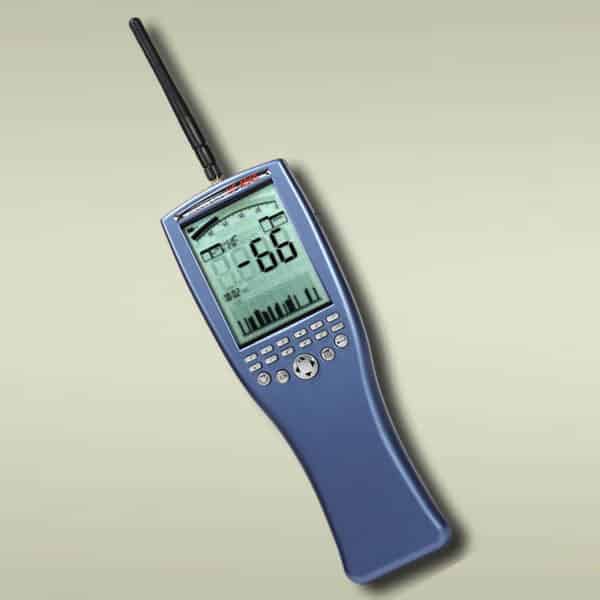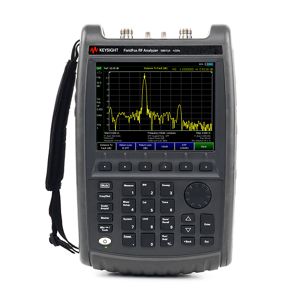
We have found the data it provides most useful during installation and trouble-shooting of 802.11b/g wireless networks. It can be used to monitor wireless devices and RF interference that impact the performance, range and security of wireless networks. IMPROVE PERFORMANCE, SECURITY AND RANGE OF WiFi NETWORKSĪirSleuth is a PC-based, spectrum analyzer that operates in the 2.4 GHz range of the radio frequency (RF) spectrum. Without our wireless device the application runs in a fully functional 'Demo mode' using simulated data. No other instrument provides this broad range of data acquisition, analysis, reporting and display capability in a single tool - regardless of cost.ĪirSleuth Analyzer = 2.4 GHz Spectrum Analysis + 802.11 Network Discoveryįor evaluation purposes feel free to download the software application from here. By combining 2.4 GHz spectrum analysis and 802.11 network discovery into one tool then you have the best of both worlds. The analyzer can be used to monitor wireless devices and RF interference that impact the performance, range and security of wireless networks. In addition to spectrum analysis, integrated in the application software is a full-featured, WiFi Scanner - also known as an 802.11 network discovery tool. Note that I am using a module connected to a custom PCB which is not identified by SmartRF and therefore am working in offline mode.Īny help or hints for the above would be highly appreciated.AirSleuth-Pro RF Spectrum Analyzer– Spectrum Analysis Plus Network Discovery In A Single ToolĪirSleuth-Pro is a PC-based, RF spectrum analyzer that operates in the 2.4 GHz range of the radio frequency (RF) spectrum. I can see that SmartRF has a "Frequency Sweep" feature which is disabled. I was wondering if the FSTEST or any other registers could be used to make the CC2500 send out a constant frequency signal. On the TX side currently I want to transmit some constant Frequency signal and not a continuous stream of data. When I deviate from the default (2.4Khz OOP) bandwidth of 203Khz, the RSSI value goes for a toss and I get some constant reading.Ģ.

Reduce the Frequency Filter Bandwidth to the minimum (58Khz as per the datasheet) so that I can get a fine resolution. Setup CC2500 and scan through each channel reading the RSSI value.

This is based on the Hackaday post and uses a simple concept. I am trying to build a simple but possibly useful spectrum analyzer using the CC2500 and have been successful to some extent. Other Parts Discussed in Thread: CC2500, CC2511


 0 kommentar(er)
0 kommentar(er)
